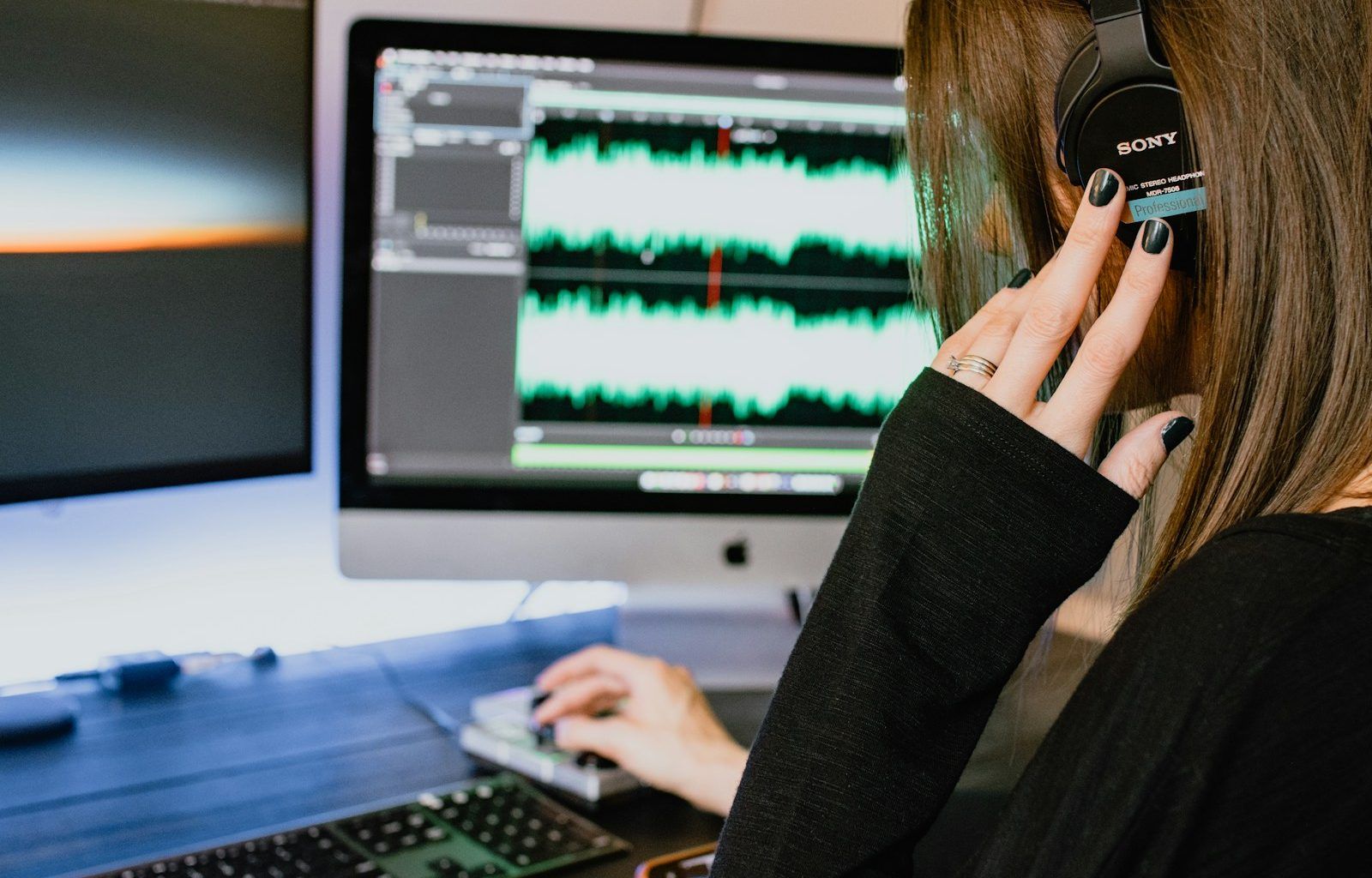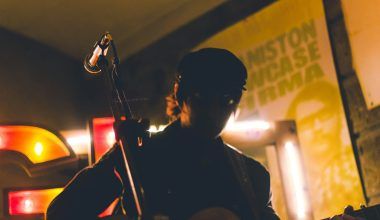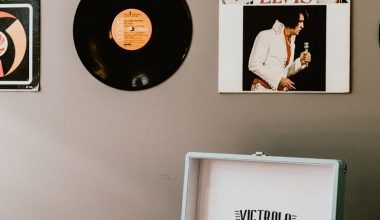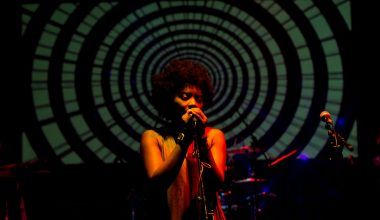If you’re passionate about music production, you’ve probably heard of a recording DAW. A Digital Audio Workstation (DAW) is the cornerstone of modern music creation. Whether you’re a beginner learning the ropes or a professional aiming to enhance your workflow, a recording DAW plays a vital role in turning your ideas into sound. But with so many options out there, how do you choose the right one? And once you have it, how do you use it effectively?
In this guide, we’ll break down everything you need to know about recording DAWs—from choosing the best one for your needs to mastering its features. Let’s dive in!
What is a Recording DAW?
A recording DAW, or Digital Audio Workstation, is software that allows you to record, edit, and produce audio. Think of it as the central hub for all your music production activities. Whether you’re layering tracks, editing vocals, or adding effects, your DAW is where the magic happens.
These tools have revolutionized the music industry, making it possible to create professional-quality tracks from the comfort of your home. Instead of relying on expensive studio equipment, all you need is a computer, an audio interface, and the right DAW.
Some popular recording DAWs include:
- Ableton Live: Ideal for electronic music and live performances.
- Pro Tools: A go-to for studio professionals.
- Logic Pro X: Perfect for Mac users with an intuitive interface.
- FL Studio: Loved for its simplicity and versatility.
Each DAW has unique features, so it’s essential to find one that fits your style and goals.
How to Choose the Right Recording DAW
Selecting the best recording DAW can feel overwhelming, especially with so many choices available. But don’t worry—making the right decision comes down to a few key factors.
1. Your Budget
DAWs come in a wide price range, from free options like Audacity to premium tools like Pro Tools. Think about how much you’re willing to invest in your music journey. If you’re just starting, a budget-friendly DAW is a great way to dip your toes into production.
2. Your Operating System
Some DAWs are platform-specific. For instance, Logic Pro X only works on macOS, while FL Studio and Ableton Live are cross-platform. Before purchasing, ensure the DAW is compatible with your computer.
3. Your Goals
What do you want to achieve with your recording DAW? Are you producing beats, editing podcasts, or creating full songs? If you’re into electronic music, Ableton Live might be your best bet. On the other hand, singer-songwriters might prefer Logic Pro X.
4. User-Friendliness
If you’re a beginner, look for a recording DAW with a simple interface and plenty of tutorials. You don’t want to spend hours figuring out basic functions when you could be making music!
5. Features You Need
Each DAW offers a unique set of features. Some come with built-in virtual instruments, while others excel in advanced audio editing. Make a list of must-have features and narrow down your choices accordingly.
Essential Features of a Recording DAW
No matter which DAW you choose, there are some core features you’ll rely on. Let’s take a closer look at what you should expect from a good recording DAW.
1. Multitrack Recording
This feature allows you to record multiple audio tracks simultaneously. It’s a must-have if you’re working with live instruments or recording a band.
2. MIDI Support
MIDI support lets you create and edit digital instruments. If you’re producing electronic or pop music, this is non-negotiable.
3. Audio Editing Tools
A great DAW offers precise editing tools. This includes trimming, fading, and adjusting the pitch or tempo of your tracks.
4. Effects and Plugins
DAWs come with built-in effects like reverb, EQ, and compression. Additionally, most support third-party plugins, giving you endless possibilities for customization.
5. Automation
Automation allows you to adjust volume, panning, and effects dynamically throughout your track. It’s the secret to creating polished and professional-sounding music.
Getting Started with Your Recording DAW
Once you’ve chosen your DAW, the next step is setting it up. Don’t worry—it’s easier than it sounds!
Step 1: Install and Configure
Download and install your recording DAW. Most DAWs have step-by-step guides to help you configure your settings, such as audio input/output and sample rate.
Step 2: Learn the Basics
Before diving into production, spend some time exploring the interface. Watch tutorials or read the manual to familiarize yourself with basic functions like recording, editing, and exporting audio.
Step 3: Connect Your Gear
Plug in your audio interface, microphone, or MIDI controller. Make sure your DAW recognizes all your equipment.
Step 4: Start a Project
Create a new project and start experimenting! Record a simple melody, add some effects, and play around with different features.
Tips for Getting the Most Out of Your Recording DAW
Using a recording DAW effectively takes practice, but these tips can speed up your learning curve.
1. Learn Keyboard Shortcuts
Mastering shortcuts can save you hours of work. Most DAWs let you customize shortcuts to suit your workflow.
2. Use Templates
Create templates for common project types. This saves time and ensures consistency across your tracks.
3. Experiment with Plugins
Explore third-party plugins to expand your sound palette. Many plugins offer free trials, so you can test them before buying.
4. Watch Tutorials
YouTube is a goldmine for DAW tutorials. From beginner guides to advanced techniques, there’s something for everyone.
5. Stay Organized
Label your tracks, use color coding, and save your projects frequently. This small step can prevent big headaches later.
Common Challenges and How to Overcome Them
Every producer faces challenges when using a recording DAW. Here’s how to tackle some common hurdles.
Problem: Overwhelmed by Options
Solution: Focus on learning one feature at a time. Master the basics before diving into advanced techniques.
Problem: Poor Sound Quality
Solution: Invest in quality gear, like a good microphone and audio interface. Also, experiment with EQ and compression to enhance your tracks.
Problem: Creative Block
Solution: Take a break or try something new. Experiment with a different genre or use a random plugin for inspiration.
Conclusion
A recording DAW is more than just software—it’s your partner in creating music. By choosing the right DAW and learning its features, you can bring your ideas to life and produce tracks you’re proud of.
Whether you’re a beginner or a seasoned pro, there’s always something new to learn. So don’t hesitate—open your DAW, start experimenting, and enjoy the journey of music production!
For further reading, explore these related articles:
- Exploring Hip Hop Names: The Stories Behind Rap Names
- The Magic of Out of Style Lyrics: Why Old Words Still Matter in Music
For additional resources on music marketing and distribution, visit DMT Records Pvt. Ltd..






